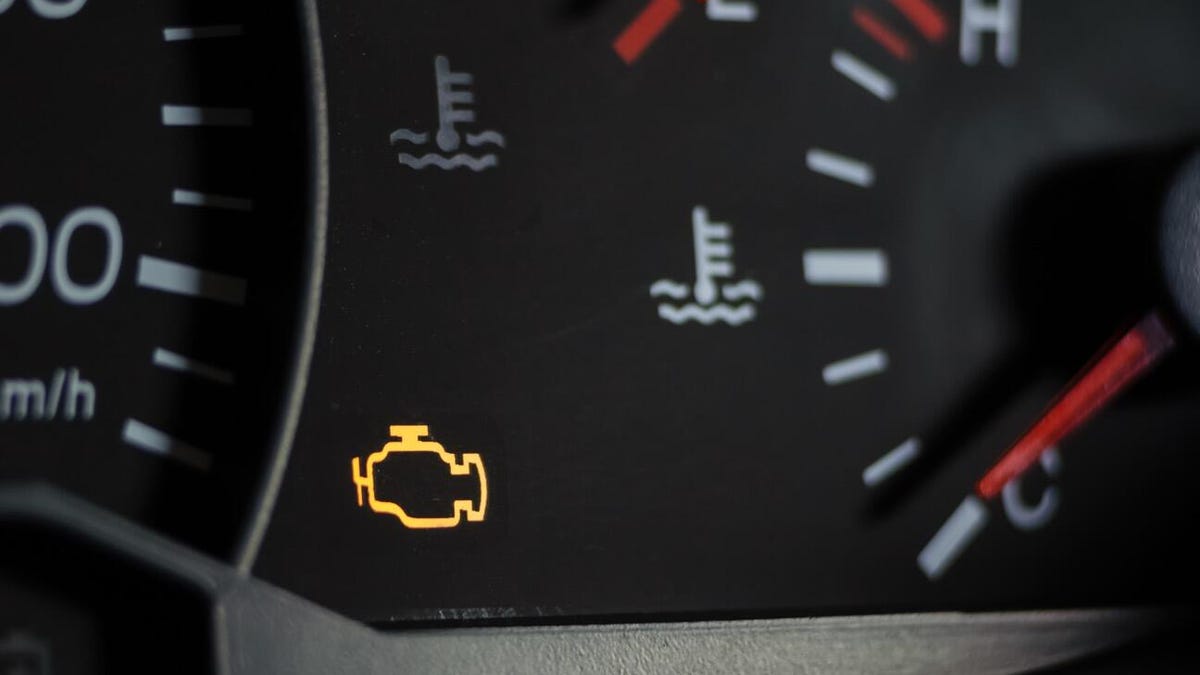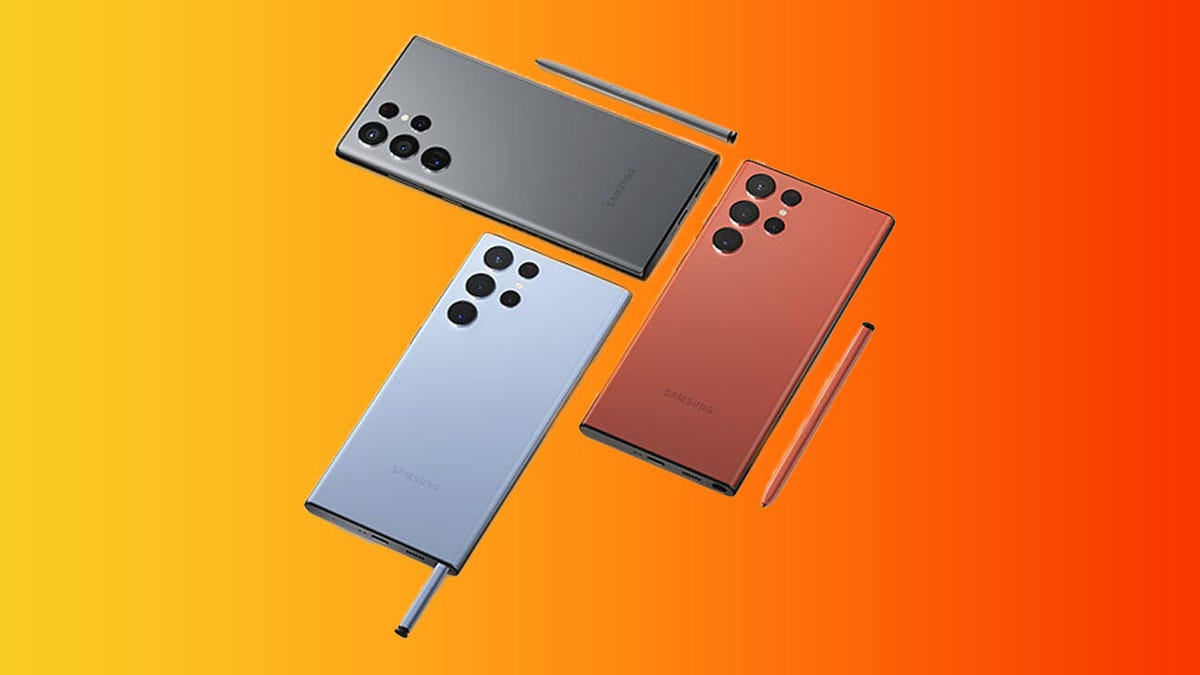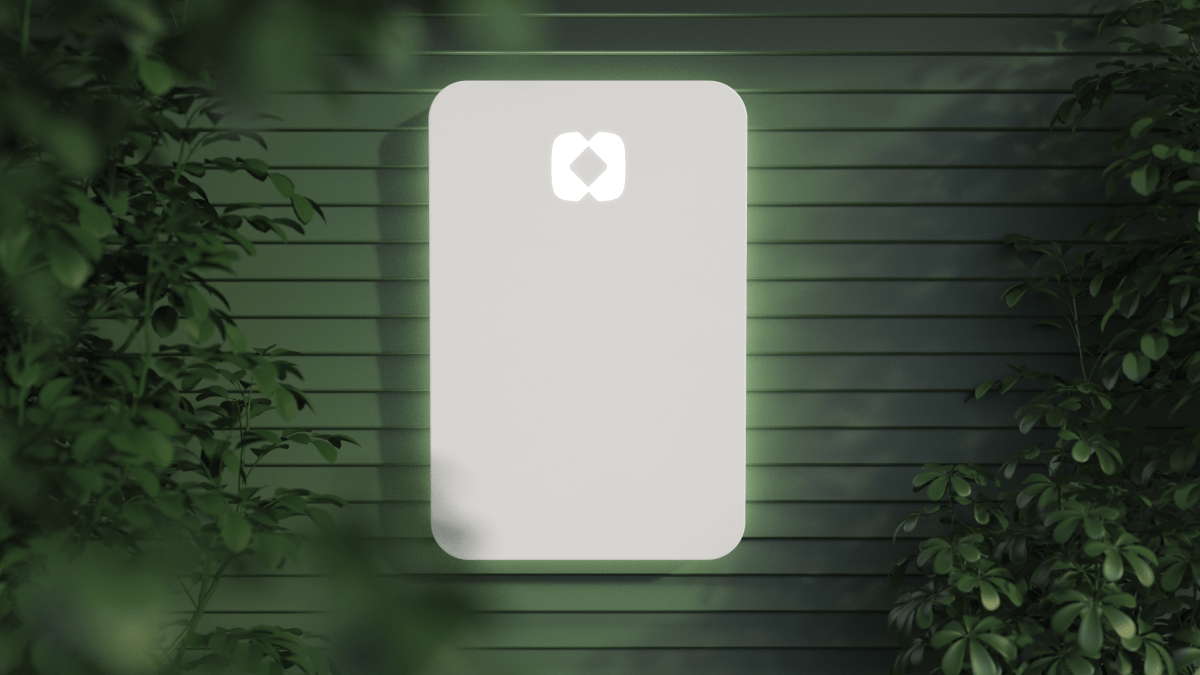How to use your phone to diagnose your car’s ‘check engine’ light
Pros
- Easy to use
- Packed with features
- No subscription
- Regular app and firmware updates
Cons
- Small and easy to forget!
- Not cheap compared with some other OBD dongles
Car troubles are never fun.
But information is power and can mean the difference between your car being off the road for several days while you wait for repairs or potentially being able to do a quick fix yourself and get back on the road fast.
Modern cars are good at knowing when something is wrong and will usually switch on the dreaded check engine light to warn you.
But what causes this light to be illuminated?
Now you can find out before you even go to the mechanic. With the right tool, your smartphone can talk to your car and tell you.
Enter the BlueDriver Pro.
Remember to unplug your BlueDriver dongle when done! Adrian Kingsley-Hughes
Note: I’ve had my BlueDriver dongle for a few years, and the newer versions look a little different, but functionally they are the same.
This is tiny Bluetooth dongle by Lemur Vehicle Monitors is an OBD2 diagnostic scan tool and code reader that connects to the car’s On-Board Diagnostics (OBD) port and can be used to read trouble codes and also view live data about your car’s engine, transmission, and other systems.
The process is really simple.
You buy the BlueDriver dongle, download the app for iOS or Android, pair it with your smartphone, and then plug it into your car’s OBD port and start reading data.
The first hurdle that many people have is finding their car’s OBD port. It’s usually under the dashboard or glovebox.
If you can’t find it, you can check your owner’s manual, or Google for the answer.
Here I’m connecting the BlueDriver to a 2021 Kia Stonic. This car doesn’t have any problems (at present!) but I’ll use it as an example for this review.
First I play “Hunt the OBD port.”
Hunt the OBD port… oooh, a clue. Adrian Kingsley-Hughes/ZDNet
There it is!
With the port found, I connect the BlueDriver to the port.
The BlueDriver dongle plugged into the OBD port. Adrian Kingsley-Hughes
Now I can switch to the app and start to gather data.
Live Data can give access to a whole raft of information about the car’s systems.
The BlueDriver Live Data options. Screenshot/Adrian Kingsley-Hughes
The app allows you to graph the data in various ways.
If the car has the check engine light illuminated, the BlueDriver software can show you what the trouble code is, and beyond that, it can tell give you information on when the car gave that warning, called Freeze Frame data — valuable information when trying to diagnose a problem.
Freeze Frame would show this data if there had been an incident. Screenshot/Adrian Kingsley-Hughes
A powerful feature of the BlueDriver Pro is that you get free updates, and there’s no subscription to pay to access your car’s information.
Checking for updates to the BlueDriver. Note that it must be plugged into a parked vehicle. Screenshot/Adrian Kingsley-Hughes
You can also get access to repair reports detailing possible fixes for trouble codes, but this feature does not seem to be available in the UK so I haven’t been able to test it, although here is an example of the report generated. (PDF)
A BlueDriver dongle can also give you information on how to reset the oil light on your dashboard (after you’ve changed the oil, not just to make the light go away!), the Tire Pressure Monitoring System (TPMS), or the battery light.
The service information screen. Screenshot/Adrian Kingsley-Hughes
Oh, and don’t forget to unplug your BlueDriver when you’re done!
I have access to several different scan tools for cars, and I choose Lemur’s BlueDriver often. It’s quick and easy to use, and I can keep it in the glovebox so I’m ready to diagnose any problems I come across in my car or for my friends and family.
FAQ
No! Trouble codes only give you direction on what might be wrong. The source of the problem might be the component listed, or might be a wiring issue, corrosion in a connector, a problem with the car’s computer, another damaged component causing problems on the car’s network, or any of a number of other issues.
Trouble codes give you a place to start. You can narrow down the problem using the Live Data feature, or the repair reports.
If it’s an intermittent problem, it might seem to. Some problems will come back immediately, others might reappear after you’ve turned the car off and on a couple of times, and others might take more time to reappear.
And you might be lucky and discover the problem was a glitch.





Pingback: what does the molly drug look like,
Pingback: click here for more info